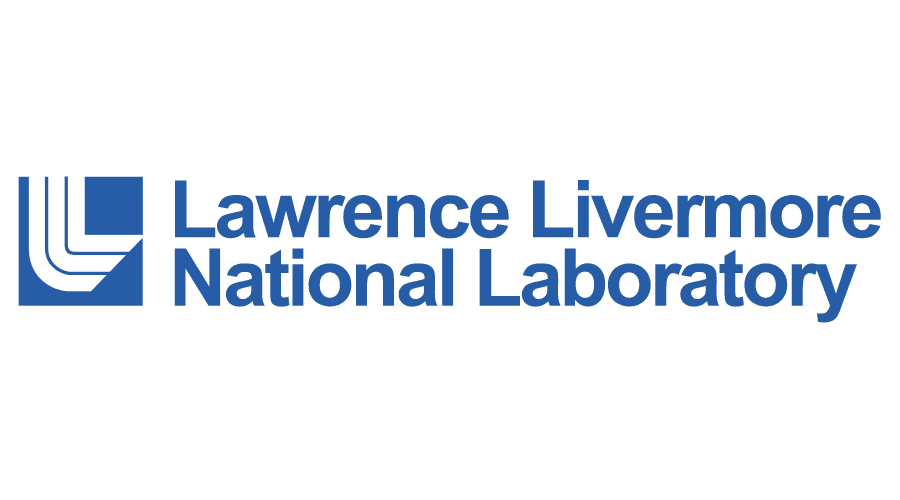Part 2 of 18 Parts (Please read Part 1 first)
In view of the fact that even achieving reliable net energy production with deuterium and tritium has proved extremely difficult, the question could be asked why researchers are working on the even harder hydrogen-boron fusion. The answer to that question is that matter exhibits novel behavior under the impact of “extreme light” that makes possible a “short-cut strategy” to ignite a hydrogen-boron mixture without having to worry about sustainably compressing and heating the plasma. The NIF and similar installations for laser fusion have not been designed to exploit this novel phenomenon.
In the new approach to hydrogen-boron fusion, a small amount of fuel is shaped into a cylindrical form. One end of the cylinder is then hit with a powerful laser pulse. When the pulse is sufficiently brief, sufficiently powerful and has a sufficiently “clear” form, then very little of the energy generated goes into heating. Instead, the main effect of the laser pulse is to accelerate exposed layers of the fuel mixture to extremely high velocities of more than six hundred miles per second.
A nonlinear mechanism causes the energy of the laser pulse to be converted with great efficiency into directed motion of the electrons and nuclei of the fuel rather than the random motion usually associated with heat. Analogous to a beam of particles, but with trillions of times higher density, an inwardly accelerated fuel layer rams into the adjacent fuel. This results in igniting an avalanche of hydrogen-boron reactions in a high-temperature “burn wave” that propagates down the axis of the cylinder.
The inventors of this technique is Professor Heinrich Hora who is an Australian physicist and long-time laser fusion expert. He can make reference to a long series of experiments and theoretical calculations that back up his approach to fusion. These include experiments carried out by several international research groups. They have demonstrated the actual generation of hydrogen-boron reactions by ultra-short, ultra-high-power laser pulse. In recent years, the number of fusion reactions detected in these experiments has rapidly grown. The latest of these experiments was carried out at the Prague Asterix Laser System in Prague, Czechoslovakia. The experiment yielded more than ten billion reactions with a clear pathway for improving the yield by further orders of magnitude.
Hora has offered a roadmap of research and development which is aimed at building a prototype hydrogen-boron power plant over the next ten years. This prototype fusion plant would be much smaller and far simpler to construct and operate that nuclear fission power plants. It also poses no significant safety issues. Hora says that the price tag would be between eighty and one hundred million dollars. This is a very small amount when compared to the cost of building a prototype for a new nuclear fission reactor design. This is true even though nuclear fission is a mature technology. There are four hundred and fifty nuclear fission power reactors in operation around the world.
The strategy, the roadmap and the high-level scientific cooperation that is forming around the idea of laser fusion of hydrogen-boron fuel is impressive. The list of co-authors of Hora’s technical publications on the hydrogen-boron reaction includes leading scientists from laser laboratories and national research centers in the U.S., China, Israel, Australia, Iran, France, Italy, Spain, the Czech Republic and Poland. Patents have been granted in the U.S., China and Japan. More patents are pending in Europe. Hora has founded a company HB11 energy which intends to raise investor funds and farm out various research and development tasks to existing facilities around the world.
Please read Part 3 next
Nuclear Fusion 85 – A Mixture of Hydrogen and Boron Is Being Researched As A Fuel For Nuclear Fusion – Part 2 of 18 Parts

Written by
in
